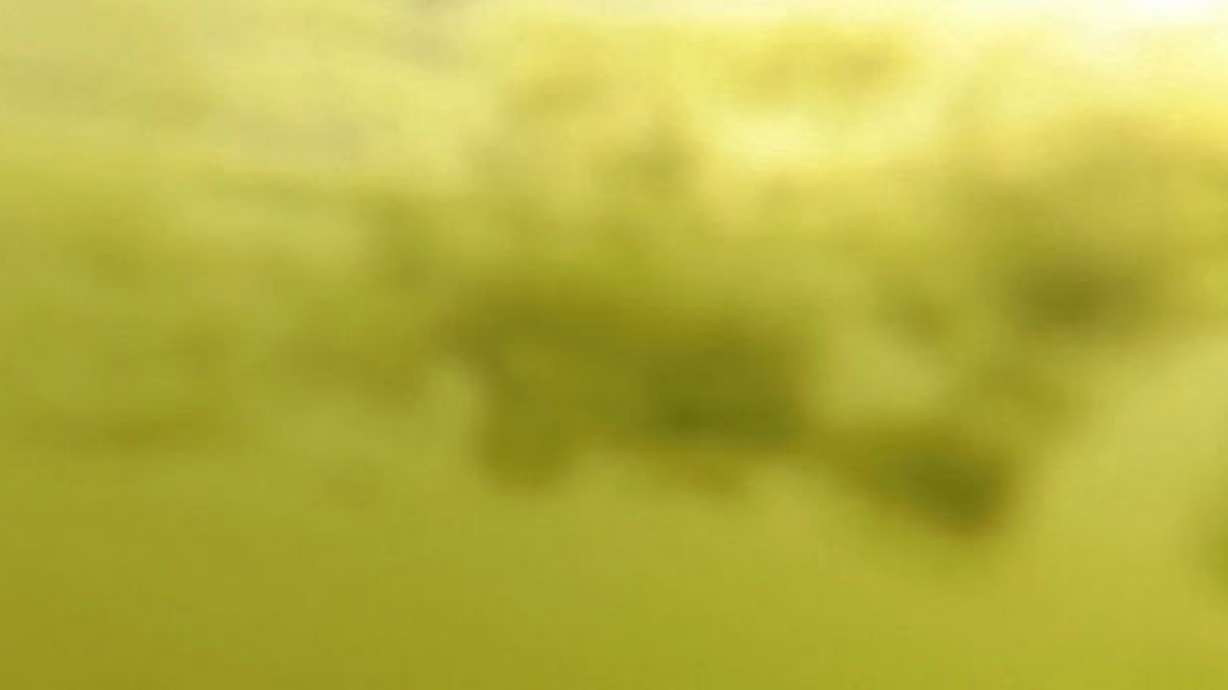Estimated read time: 2-3 minutes
This archived news story is available only for your personal, non-commercial use. Information in the story may be outdated or superseded by additional information. Reading or replaying the story in its archived form does not constitute a republication of the story.
SALT LAKE CITY — Tests confirm the presence of a harmful toxin in the bright green algae populating Utah Lake, officials with the Utah Division of Water Quality announced Thursday.
Lab results from water gathered at the Lindon Harbor Jetty earlier this week show elevated levels of microsystin, a cyanotoxin found in algae. The toxin is known to cause liver damage and can pose significant risks to humans, wildlife, and fish.
Health officials issued public warnings to boaters and swimmers on Tuesday after a dog died shortly after swimming in the lake. It’s likely the dog — which started acting lethargic and vomiting just 45 minutes after the swim — swallowed some of the water affected by the algae,
Officials warned of the danger of the blue-green algae, commonly known as “pond scum,” that has built up in the area near the marina. Swimmers, boaters, anglers and hunters are warned to avoid the bright green areas of the lake.
Although algae is a natural part of the ecosystem in the lake, when combined with phosphorus and other conditions, it can produce the toxic algal blooms, officials said.
In Utah Lake, 75 percent of the phosphorus loading comes from the wastewater treatment plants which discharge into the lake. Reducing nutrient loading into our lakes and streams is our top priority.
–Walt Baker, Utah Division of Water Quality
“In Utah Lake, 75 percent of the phosphorus loading comes from the wastewater treatment plants which discharge into the lake,” said Walt Baker, director of the Division of Water Quality. “Reducing nutrient loading into our lakes and streams is our top priority.”
Scientists continue to test different sections of the lake for toxins Thursday. Precautions will remain in effect until the algae bloom is gone from the lake. Weather will play a leading factor in its elimination, according to scientists.
Exposure to cyanotoxin can produce symptoms such as headache, fever, diarrhea, abdominal pain, nausea, vomiting and skin rash. Anyone concerned about exposure to the water or algae should contact their doctor, or call the Utah Poison Control Center at 800-222-1222. Jessica Ivins is a content manager for KSL.com and contributor to the Motherhood Matters section.









